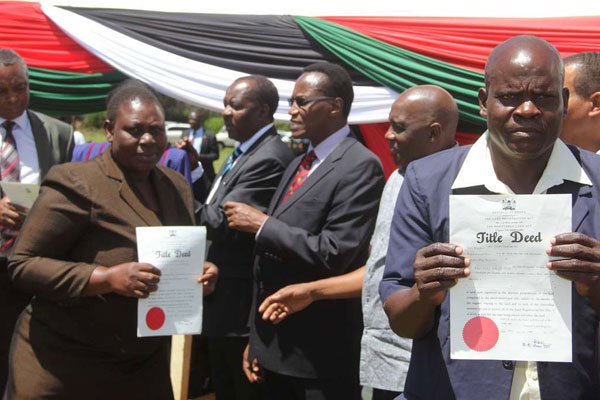What Role for Tropical Forests in Climate Change Mitigation? The Case of Costa Rica
Land and forestry-based activities could in principle play important roles as climate change mitigation strategies. In practice, however, several questions have been raised about their feasibility. Therefore, understanding the processes and determinants of land use changes is critical. This paper aims to contribute to such understanding in the larger part of a larger project on sustainable development and economic growth. It begins with a dynamic model of land use.





